The rapid development of unmanned aerial vehicles (UAVs) is having an impact on many fields, from socio-economic to military .
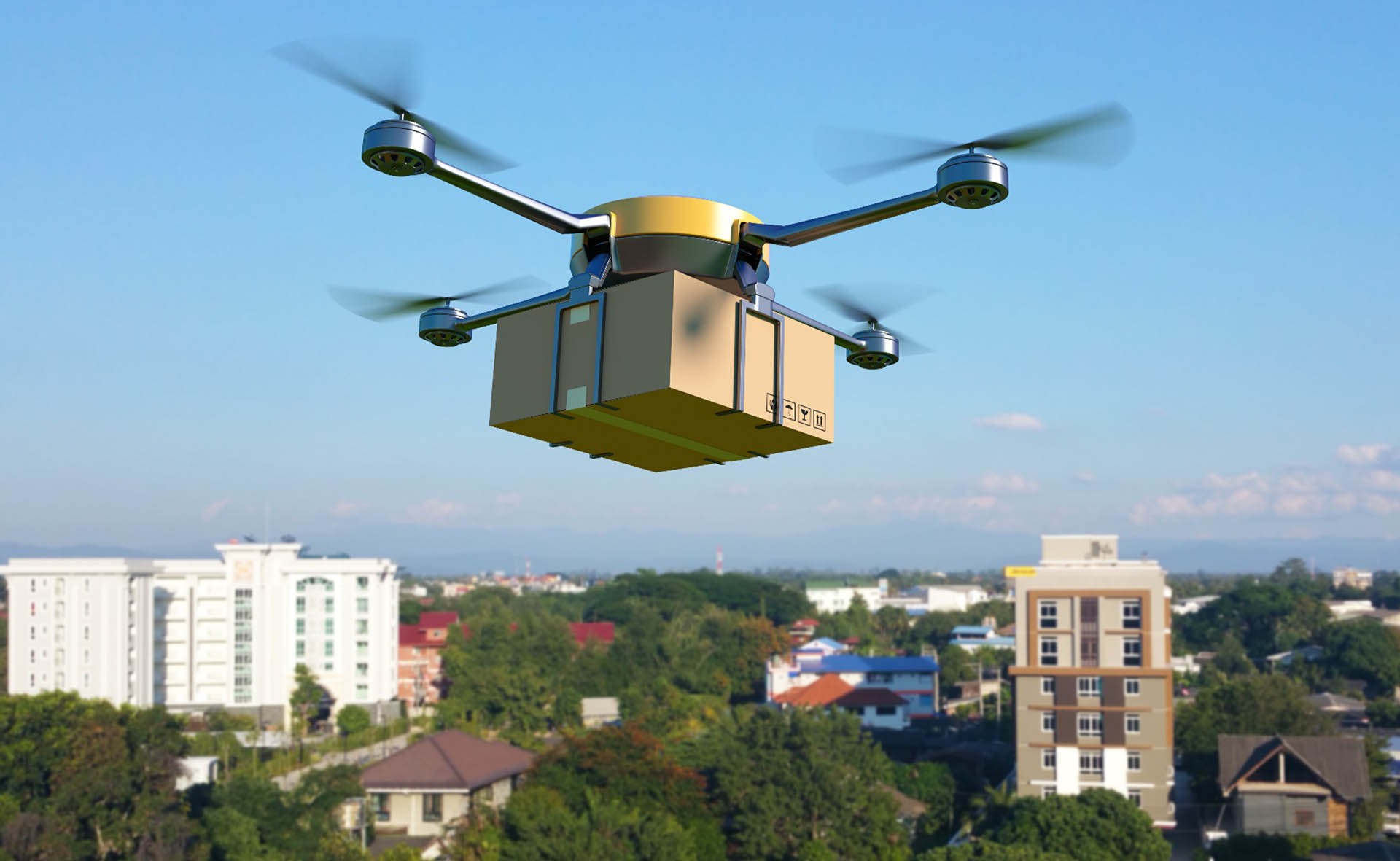 |
| The use of UAVs for cargo transport is becoming commonplace in many countries. (Illustrative image. Source: gihub.org) |
Da-Jiang Innovations (a world- leading UAV manufacturer, based in Guangdong, China) has just completed the world's first UAV delivery test at the summit of Mount Everest.
Everest is the world's highest mountain, reaching 8,848 meters. The UAV took off from the base station at an altitude of 5,364 meters, flying to Camp 1 at 6,000 meters. On the outbound flight, it carried three oxygen tanks and 1.5 kg of other supplies to deliver to a group of climbers, and on the return flight, it carried a similar amount of trash.
UAVs are defined as airborne vehicles that can fly autonomously or be remotely controlled, are recoverable or reusable, and may or may not carry a payload.
With their compact design and unique features, UAVs are now used in a wide variety of fields.
Making the impossible a reality
Initially, UAVs were used for missions that were too expensive or dangerous for humans. Although originally intended for military applications, UAVs quickly expanded into science, commerce, entertainment, agriculture , and other fields.
UAVs carrying cargo ranging from a few kilograms to hundreds of kilograms are no longer uncommon worldwide. In some countries, UAVs are used as a means of goods delivery, supplementing traditional transport methods, especially in rural or remote areas.
Experts note that UAVs are not simply flying devices but also data collection tools.
Reese Mozer, co-founder and CEO of American Robotics, a company that manufactures smart UAV drones, argues that the ultimate product of this industry is data, not flying devices.
The advent of UAVs is considered a revolution in the field of surveying, data collection, and monitoring objects in the field. In practice, many applications require large-scale deployment, such as monitoring and collecting forestry data, ensuring the safety of power transmission line corridors, and recording data on natural disasters like floods and landslides. Using traditional techniques would be very costly and time-consuming. However, drones perform these tasks very well.
Richard Schwartz, President and CEO of the data services company Pensa Systems (USA), said that it's important to understand that drones are very lightweight, agile airborne robots that are hundreds of times cheaper than bulky ground robots, capable of easily overcoming obstacles and changing positions in space with great flexibility.
UAVs are commonly used in agriculture, helping to monitor vegetation, forests, and large, hard-to-control farms.
The effectiveness of UAVs in rescue operations is undeniable. They help people detect those in distress, penetrate deep into complex and inaccessible terrain to capture live footage in areas affected by landslides, floods, fires, earthquakes, etc.
UAVs are also used in meteorological agencies to observe weather, gather meteorological information, and prevent natural disasters.
The film industry cannot be overlooked. The image often considered the landmark that introduced UAVs into the film industry is the scene capturing the intense chase between Agent 007 and the villain in the film Skyfall. Since then, UAVs have become an indispensable technology in the filming of blockbuster movies, as they allow filmmakers to capture perspectives that were previously impossible.
Potential, benefits, and concerns
One thing that can be affirmed is that the first UAVs were invented for military purposes. Over the decades, the rapid development of science and technology has made UAVs an important part of the militaries of many countries, serving reconnaissance, intelligence gathering, early warning, and attack operations. Currently, UAVs in the military field are entering a new phase of development as they become smaller, smarter, faster, and cheaper.
Recent military conflicts demonstrate that a revolution in the art of warfare involving this type of aircraft is imminent, with significant implications for the military strategies of many nations in the near future.
UAVs have proven their dangerous capabilities and have revolutionized the methods of warfare in modern combat. UAV attacks have demonstrated their ferocity in conflicts in Syria, Libya, Nagorno-Karabakh, and especially in the Russia-Ukraine conflict.
The increasing reliance on UAVs in modern warfare has also raised some ethical concerns, with some arguing that the expanding range of UAV operations could lead to a loss of human control over their deadly use and have devastating consequences.
The proliferation of UAV technology also raises concerns about the potential for an arms race, as more and more countries develop advanced UAVs, increasing the risk of tension and potentially conflict.
Despite these concerns, UAVs have become an indispensable part of modern life, and their influence will only increase as the technology continues to develop.
Experts emphasize that UAV production has the potential to expand into a large-scale industry, providing solutions across multiple sectors.
The quality of UAVs will continue to improve, and artificial intelligence models will be gradually integrated, allowing UAVs to operate more efficiently and perform more challenging tasks in the future.
Therefore, investing in UAV technology research is considered a field with great potential and many benefits.
Source: https://baoquocte.vn/thiet-bi-bay-khong-nguoi-lai-at-chu-bai-cua-tuong-lai-274976.html



![[Image] Central Party Office summarizes work in 2025](/_next/image?url=https%3A%2F%2Fvphoto.vietnam.vn%2Fthumb%2F1200x675%2Fvietnam%2Fresource%2FIMAGE%2F2025%2F12%2F18%2F1766065572073_vptw-hoi-nghi-tong-ket-89-1204-jpg.webp&w=3840&q=75)




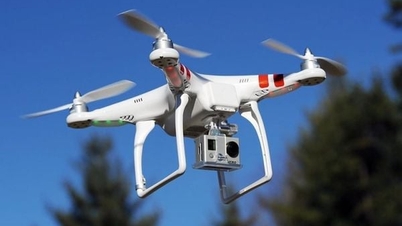



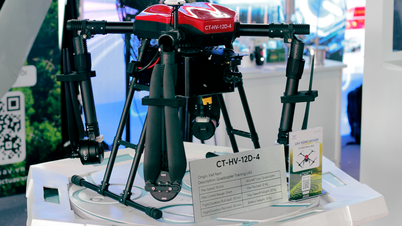

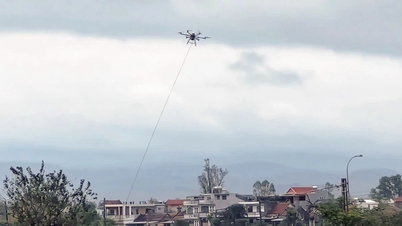

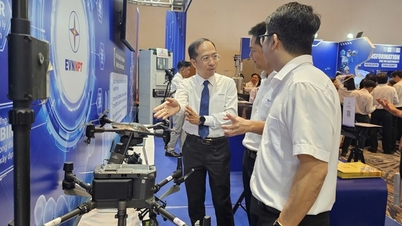







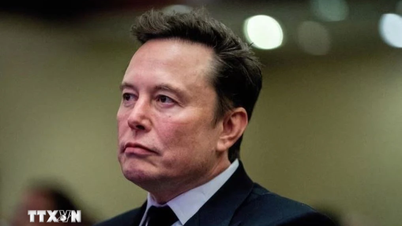



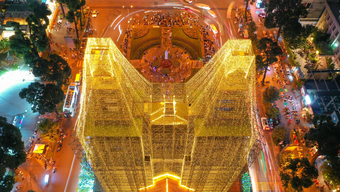

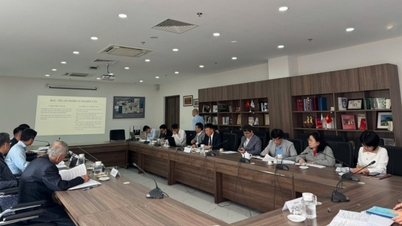


























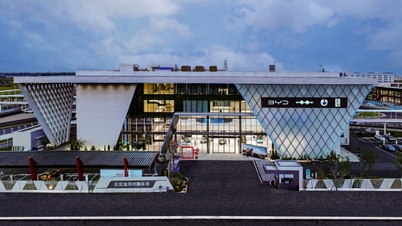



















































Comment (0)